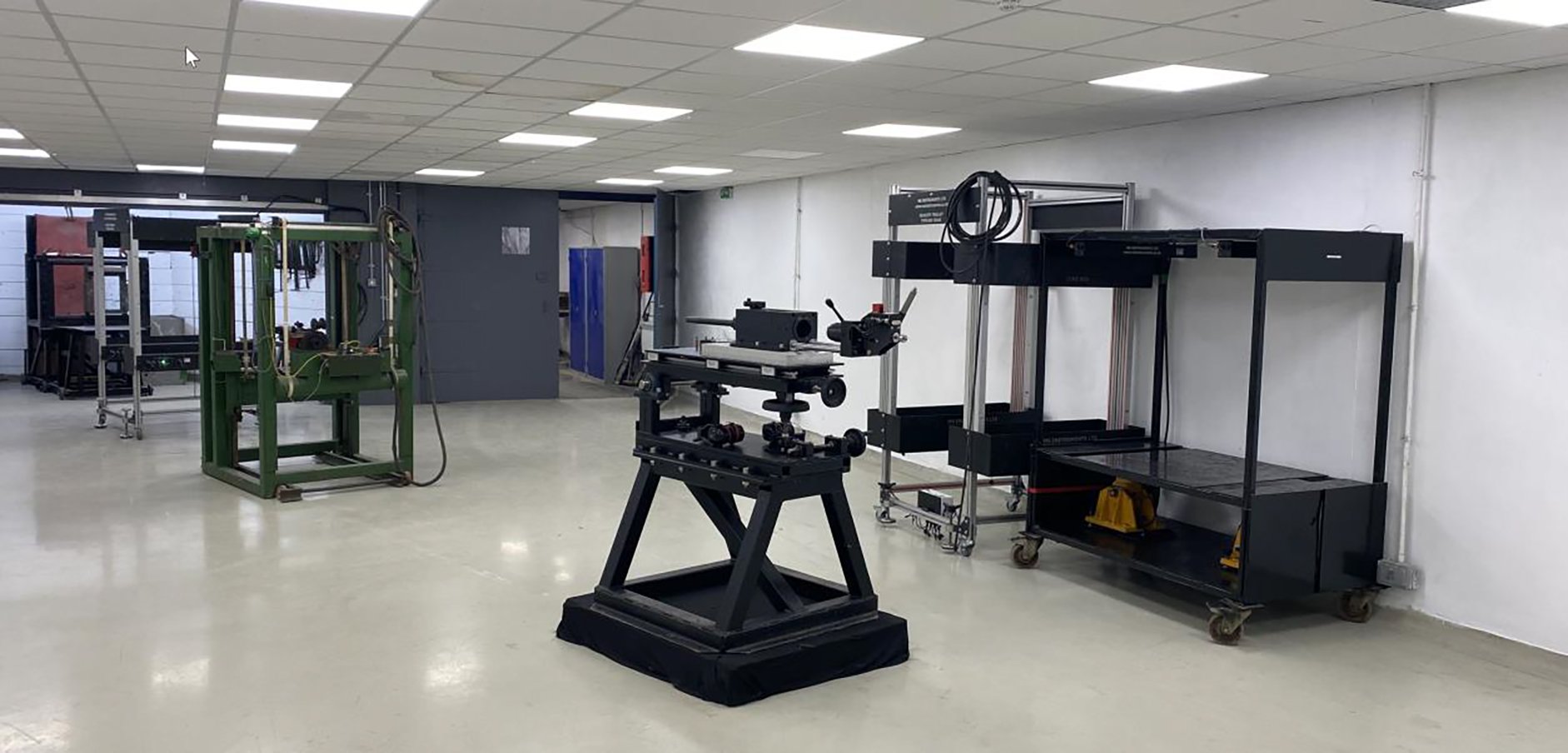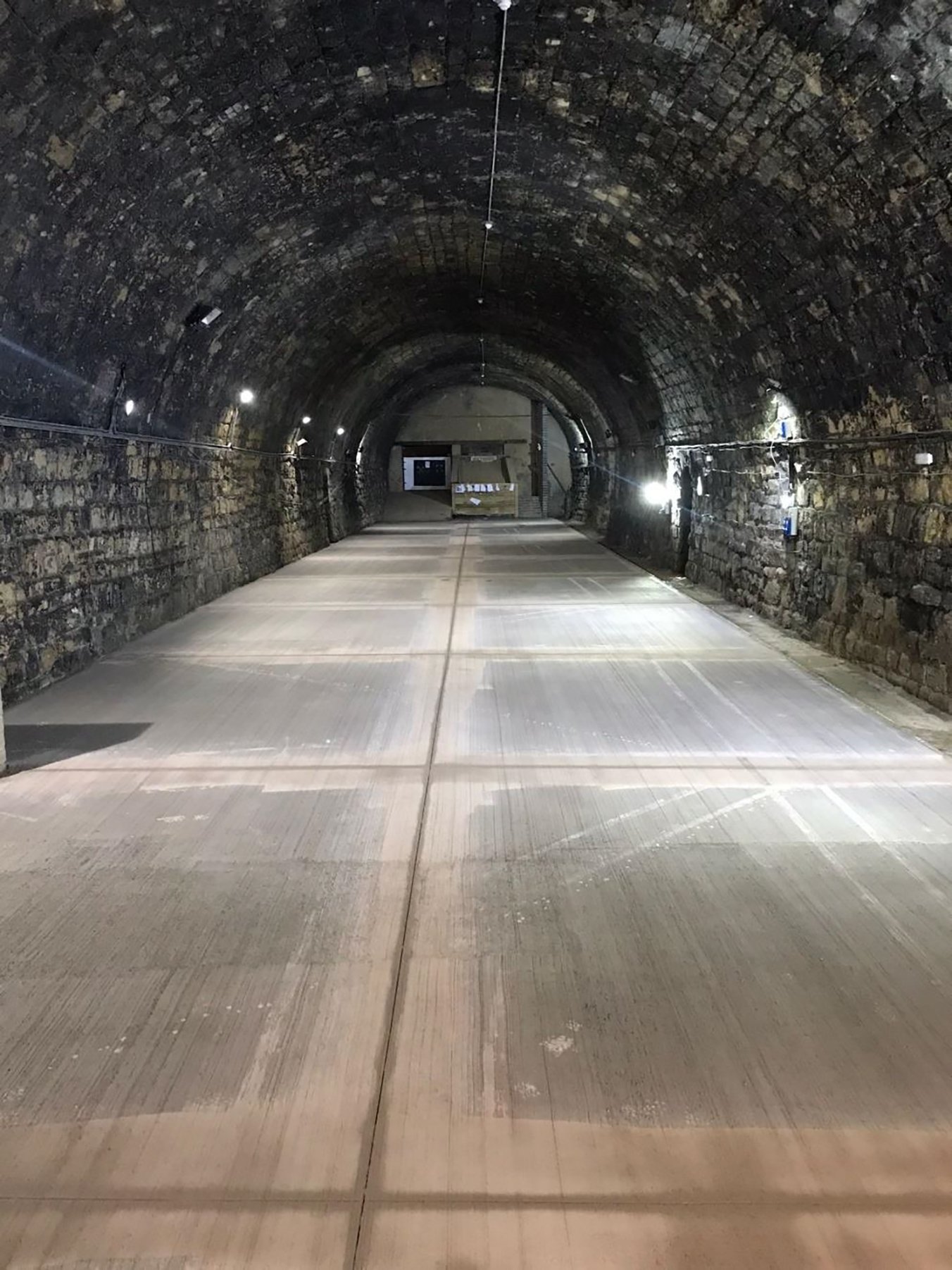
Standards
Our knowledgeable staff are able to offer advice on the most appropriate international standard for testing. Some of the most popular testing standards are listed on this page for your reference.
Global Ballistic Solutions are not limited to testing to standards and can provide a very flexible service allowing the customer to conduct research and development work to their own specification.
Glass
EN1063 - Glass in buildings
This standard specifies performance requirements and test methods for the classification of the bullet resistance of glass (consisting of one or more layers of glass) and glass/plastic composites.
EN1522/23 - Windows, doors, shutters and blinds
This standard defines the requirement and classification that windows, doors, shutters and blinds must satisfy when tested in accordance with EN1523. This standard is applicable to attacks by hand guns, rifles and shotguns on windows, doors, shutters and blinds complete with their frames and infills, for use in both internal and external locations in buildings. Shutters and blinds must be tested separately and not in conjunction with a window or door, in order to achieve classification in terms of bullet resistance.
PPE
UL752 - Requirements to stop .50 and 7.62 AP
This standard can also be used to determine the bullet resistance of building components that do not fit the definition of equipment, such as windows, walls, or barriers made out of bullet resistant materials. As used in these requirements, the term ″bullet-resisting″ signifies that protection is provided against complete penetration, passage of fragments of projectiles, or spalling (fragmentation) of the protective material to the degree that injury would be caused to a person standing directly behind the bullet-resisting barrier. These requirements also cover electrically-operated equipment, such as teller’s fixtures using electrically-driven deal trays or package passers, and intercommunication or other electrical equipment that is an integral part of the bullet-resisting product. The term ″product″ as used in this standard refers to all bullet-resisting equipment or any part thereof covered by this standard unless specifically noted otherwise.
STANAG 2920 - Soft armour, hard armour and helmets
This AEP describes the procedure for classification (test method and criteria – summarised in ANNEX A) of personal armour for protection against bullets and fragment threat. This procedure includes standard techniques and reproducible test procedures for evaluating the level of protection of combinations of items, components or representative material samples used in personal armour systems and the method to designate the performance by use of a set of identifiers.
NIJ0106.01 - Ballistic helmets
The purpose of this standard is to establish performance requirements and methods of test for helmets intended to protect the wearer against gunfire. Requirements for face shields are not included in this standard.
NIJ0101.04 - Ballistic resistance of body armour
The purpose of this standard is to establish minimum performance requirements and test methods for the ballistic resistance of personal body armour intended to protect the torso against gunfire.
NIJ0101.06 - Ballistic resistance of body armour
The purpose of this standard is to establish minimum performance requirements and test methods for the ballistic resistance of personal body armour intended to protect against gunfire.
UK/SC/5449 - Personal armour and light materials
The aim of this specification is to establish guidelines for the conduct of ballistic tests which are designed to measure the level of protection which is provided by armours or the materials which are intended to be used in armours. It is intended to aid comparison of the ballistic protective merit of armour and armour materials.
PBP UK Police (2011) - Portable ballistic protection for UK Police
Ballistic protection has been available to UK police for many years and in 1993 CAST (then the Police Scientific Development Branch – PSDB) introduced its first standard for ballistic protection. This document described a test methodology for assessing the protection offered by commercial body armour systems against typical ballistic threats in the UK. Over the years the standard has been developed and in 2004 it was identified that a separate standard for portable ballistic protection (PBP) was required. This enabled testing to be developed to reflect the differences in the usage between body armour and PBP. This standard supersedes the Portable Ballistic Protection Standard for UK Police 2004.
Vehicles
PTS 42 - Vehicle vision block ballistic test
Testing vision blocks against the 14.5mm B32 projectile.
NIJ0108.01 - Body armour, vehicle armour
This standard is applicable to all ballistic resistant materials (armour) intended to provide protection against gunfire, with the exception of police body armour and ballistic helmets, which are the topic of individual NIJ performance standards.
STANAG 4569 - Explosive threats against vehicles
This EAP describes the system qualification and acceptance procedure for determining the protection level of light armoured vehicles (LAV) for kinetic energy (KE) and artillery threats. The threats to be considered are small and medium calibre KE ballistic projectiles and fragment simulating projectiles (FSP) representing artillery shell fragments, as defined in STANAG 4569 Annex A (summarised in Annex A of the AEP55). This process includes standard techniques and reproducible test procedures for evaluating the ballistic resistance of vehicle armour components (integral, add-on, opaque and transparent) as well as the required vehicle vulnerability area assessment.

